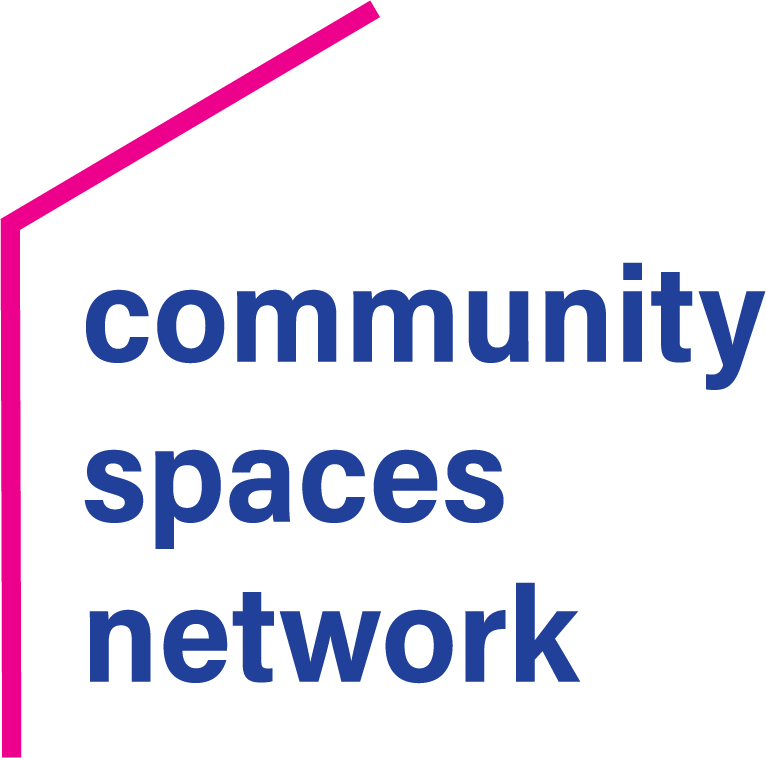Lately we’ve been hearing a lot from funders about their interest in addressing inequality: in income, race, sex, education, economic opportunities and more (see Darren Walker of the Ford Foundation here). The Ford Foundation has used this lens to rethink how it conducts its grantmaking and how it measures its success. Other foundations are following suit and there’s even some controversy around how to define the goal of equity.
This has led me to wonder how nonprofit shared space fits into this new lens. How do we, as a sector, address inequality? Here are three ideas:
- We make small beautiful – Shared spaces are reducing the barriers to entry for smaller nonprofits who want to be part of the conversation but whose voices may not be heard because they aren’t always at the table. Shared spaces level the playing field and bring large and small organizations together to address community concerns.
- We increase access to services – Shared spaces provide a wide range of services to community residents in a one-stop shop. Residents may not even be aware of the variety of programs available in their community, but shared space navigators can help clients understand what resources exist and how to obtain them. This levels the playing field, especially overcoming the transportation barriers involved in visiting multiple agencies in multiple locations. Better client-oriented service means more equitable access to needed resources.
- We are creating a new community commons – Shared space is placemaking for new community solutions. Our network of community hubs is defining “community” in new, more inclusive ways. By bringing together different types of problem solvers, we are forming collaborations to address inequality in innovative ways. Our goal is creating the platform for change agents to be most effective.
Nonprofit Centers are improving equity in their communities every day by working smarter and more effectively. We’d love to hear your examples of how your center addresses inequality. How have your tenant/member organizations been able to deliver better results by locating in shared space? We’d love to showcase your story.
